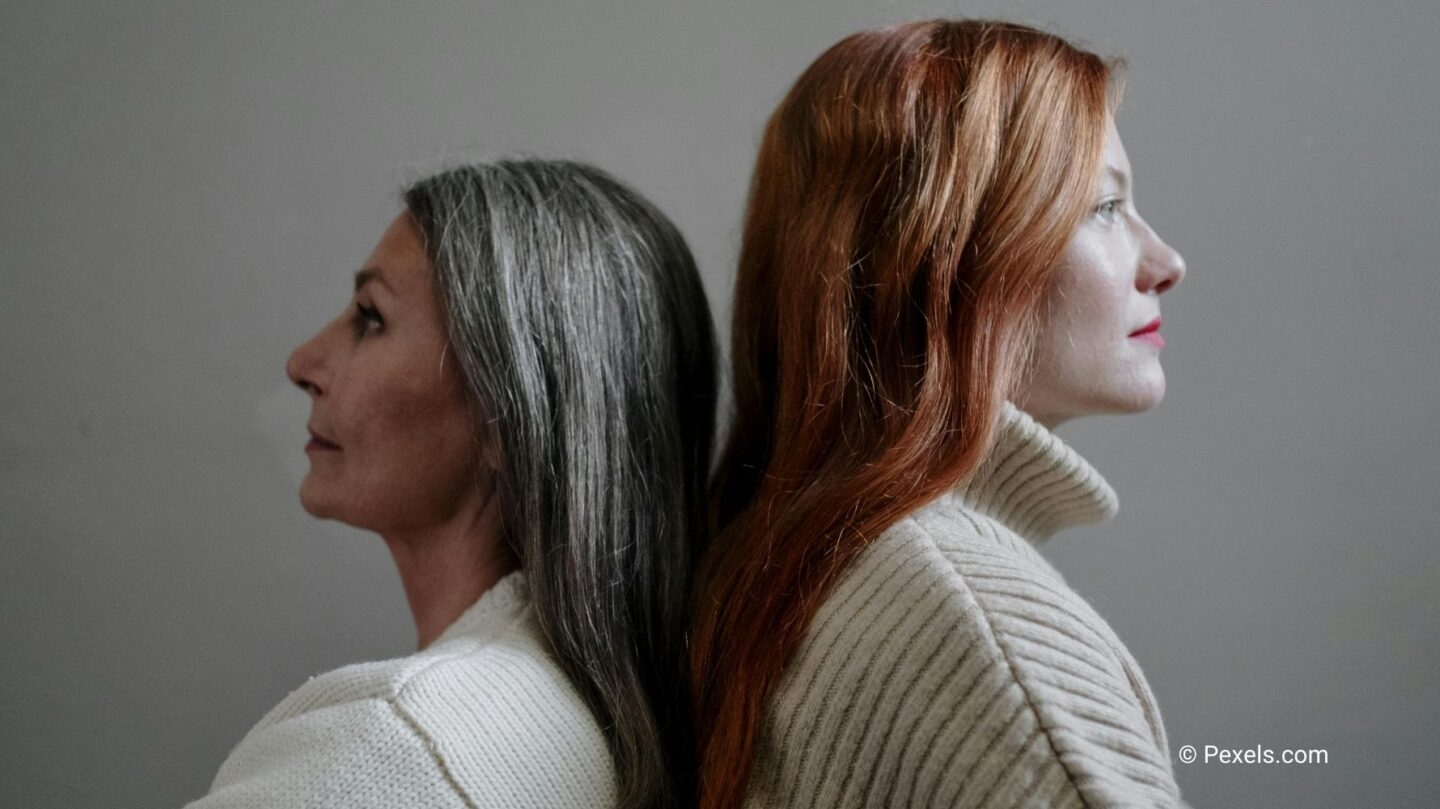What Leads to Gray Hair?
The process of hair turning gray is a natural part of aging and is primarily driven by the gradual loss of pigment-producing cells called melanocytes. As these cells diminish in number, hair loses its color, transitioning to shades of gray, silver, or white. Genetics play a significant role in determining when and how quickly this happens. If your parents started graying early, chances are you might too. Additionally, external factors such as stress, pollution, and exposure to harmful chemicals can speed up the process.
While graying hair is often seen as a normal part of aging, certain medical conditions, such as vitamin deficiencies or autoimmune diseases, can also contribute to premature graying. Understanding these underlying causes can help you manage or even slow down the process.
Is It Possible to Delay or Reverse Gray Hair?
Though gray hair is often considered irreversible, some evidence suggests that delaying or even reversing the process might be possible in specific cases. For example, addressing deficiencies in vitamins like B12 or managing stress levels can sometimes restore hair pigmentation. However, these results are typically limited to cases where external factors, rather than natural aging, caused the graying.
It’s important to note that there’s no miracle cure for gray hair. While some treatments may show promise, they often require consistent effort and lifestyle changes to see noticeable effects. The science behind reversing gray hair is still evolving, with ongoing research into genetic and biological factors.
Steps to Combat Gray Hair
While completely reversing gray hair might not be feasible for everyone, there are steps you can take to slow its progression or restore some color.
- Medical Interventions: Some individuals benefit from prescription treatments that address underlying medical issues contributing to graying. For example, hormone therapies or topical medications might help in specific circumstances.
- Natural Remedies: There’s growing interest in natural solutions like amla (Indian gooseberry) or onion juice, which are believed to support melanin production. While evidence is largely anecdotal, many swear by these age-old remedies.
- Hair Dyes: For those who prefer an immediate solution, semi-permanent or permanent hair dyes remain the go-to option for covering gray strands.
Healthy Lifestyle Choices for Hair Maintenance
Lifestyle habits significantly influence the health and appearance of your hair. Reducing stress is one of the most impactful steps you can take. Chronic stress has been linked to premature graying by causing oxidative damage to hair follicles. Incorporating mindfulness practices such as yoga, meditation, or even regular physical activity can help combat this.
Avoiding harmful habits, such as smoking, is another crucial aspect. Smoking not only accelerates skin aging but also contributes to premature hair graying. Maintaining good hair hygiene by using gentle, sulfate-free shampoos and conditioners can also protect hair from unnecessary damage.
The Role of Nutrition in Hair Health
A well-balanced diet is essential for maintaining the natural color and strength of your hair. Nutrients such as biotin, iron, zinc, and vitamins B12 and D are particularly important. Deficiencies in these can weaken hair and lead to premature graying.
Incorporate foods rich in antioxidants, such as berries, spinach, and nuts, into your meals. These help combat oxidative stress, which is a significant contributor to aging, including hair graying. Supplements can also be helpful if dietary intake is insufficient, but it’s best to consult a healthcare professional before starting any new regimen.
Effective Treatments and Products
Advancements in hair care have led to the development of topical treatments aimed at slowing or reversing gray hair. Products containing catalase, an enzyme that breaks down hydrogen peroxide buildup in hair follicles, have shown promise. Similarly, shampoos and serums with antioxidants and natural oils can support healthier hair growth and reduce oxidative damage.
For those looking for professional options, treatments like low-level laser therapy (LLLT) or platelet-rich plasma (PRP) therapy are gaining popularity. These methods stimulate hair follicles and promote overall scalp health, potentially delaying graying.
Conclusion
While graying hair is a natural part of life, understanding the causes and taking proactive steps can help maintain your hair’s health and vibrancy for longer. From adopting healthier lifestyle habits to exploring nutritional options and innovative treatments, there are numerous ways to manage the graying process. However, embracing your natural hair color and aging gracefully is also a powerful choice that’s worth considering.
